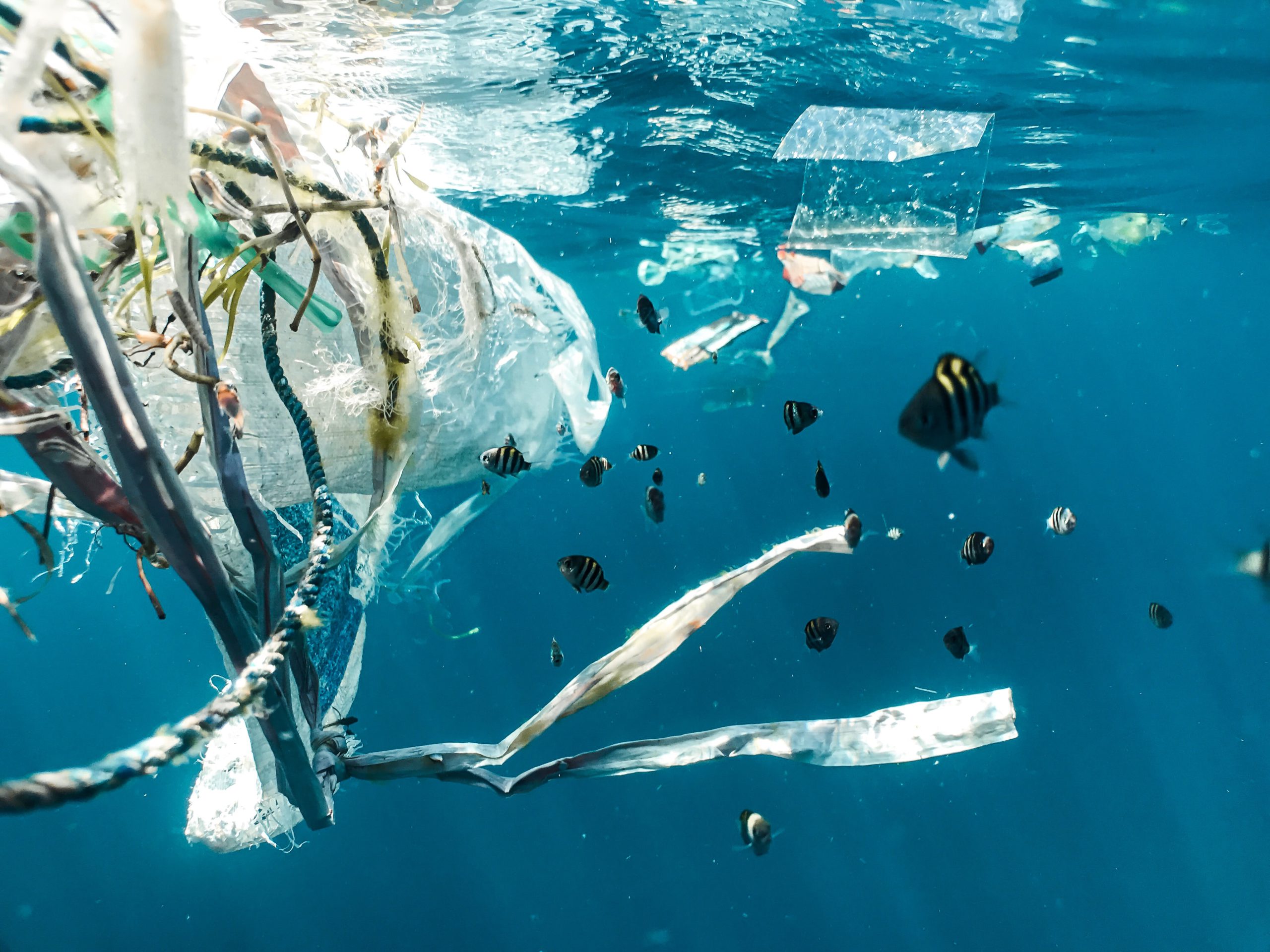A display focused around the effects of microplastics in the environment has been showcased in York’s Vari Hall this month and ends today. The project, “The Macro Problem with Microplastics,” which has been gathering crowds, is the result of work done by Lassonde School of Engineering Professor, Shooka Karimpour.
Microplastics are “tiny plastic particles that result from both commercial product development and the breakdown of larger plastics,” according to National Geographic. These make their way into the environment and, as plastic doesn’t break down easily or quickly, can seriously harm the plant and animal life it lies in, particularly that of marine ecology.
Through her academic dedication in civil engineering, specifically the application of hydrodynamics to environmental flow, Karimpour focuses on a micro issue that affects us on a macro scale.
The display showcased a miniature lecture hall, specifically named the “micro lecture”, containing waste collected from Lake Ontario to form an artistic piece that emphasizes how much pollution affects our lives. Karimpour speaks about her research and her mission behind this project.
What sparked your academic interest to go into microplastics?
“My research is on the application of hydrodynamics to environmental flow — this partly means the mobility of sediments and contaminants in natural systems. Microplastics are one of the contaminants of emerging concern, and there is little understanding on how they move once in a freshwater or marine system. Urgency of the issue and lack of knowledge on the hydrodynamics of this emerging contaminant encouraged me and my team to explore the topic.”
What is the importance of learning and being educated on the effects of microplastics?
“Almost every day, I read a new article illustrating another adverse impact of a plastic product on human or ecosystem health. And in a business-as-usual scenario, where we don’t curb our overuse of plastics, and governments and industries don’t take any actions, production will increase threefold by 2050 — that simply means more plastics leaking into the environment. Plastic pollution is an imminent environmental threat that requires everyone’s attention and action.”
How do microplastics affect our every day lives and what can we do to tackle it?
“Well, microplastics have penetrated every corner of the planet. Even if someone lives in a remote area, they aren’t truly immune from the adverse impacts of microplastics. That’s why this really requires a collective action of all of us to address this important environmental issue.”
“Every piece of plastic that is discarded and finds its ways to a lake, river, the ocean, will ultimately break down into thousands of small micro- and nano-plastics. They in turn can move around with water current. So, issues with plastic pollution aren’t limited to one place or country and instead are global issues.”
What is your mission with this project and what is your message?
“Like many other scientists, what drives my research is curiosity. But I also believe that education and wealth of knowledge should be used for good. I really hope that this project pushes the boundaries of knowledge on this issue and helps us rethink the overuse of plastics in our lives.”
To learn more information about the effects of microplastics, you can view and listen to Karimpour’s “micro-lecture” here!


